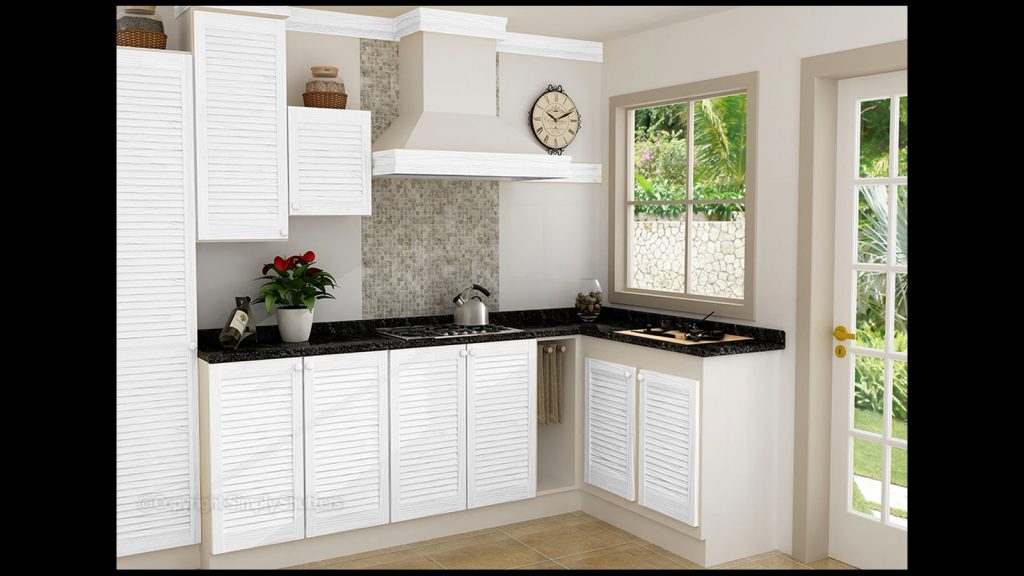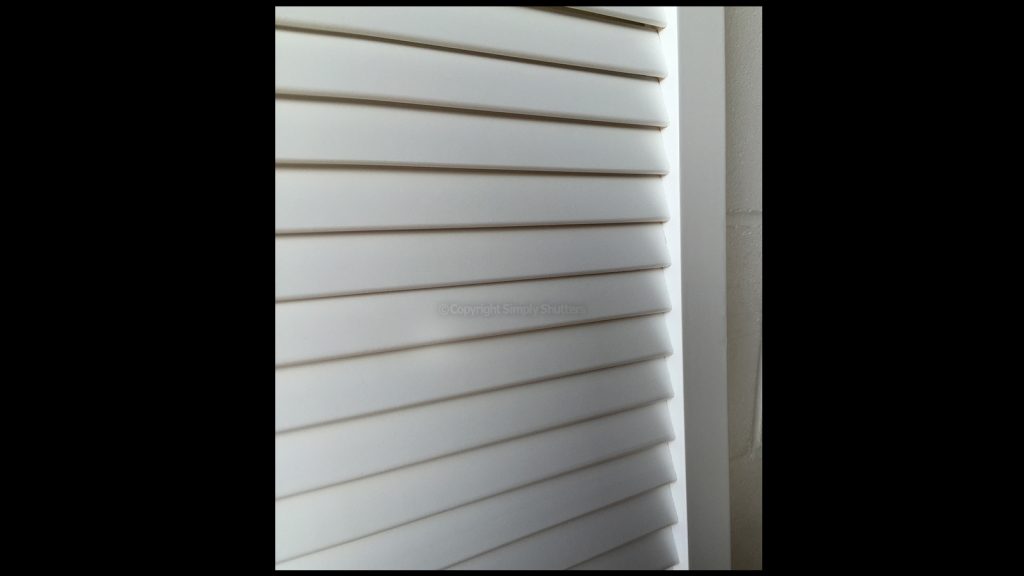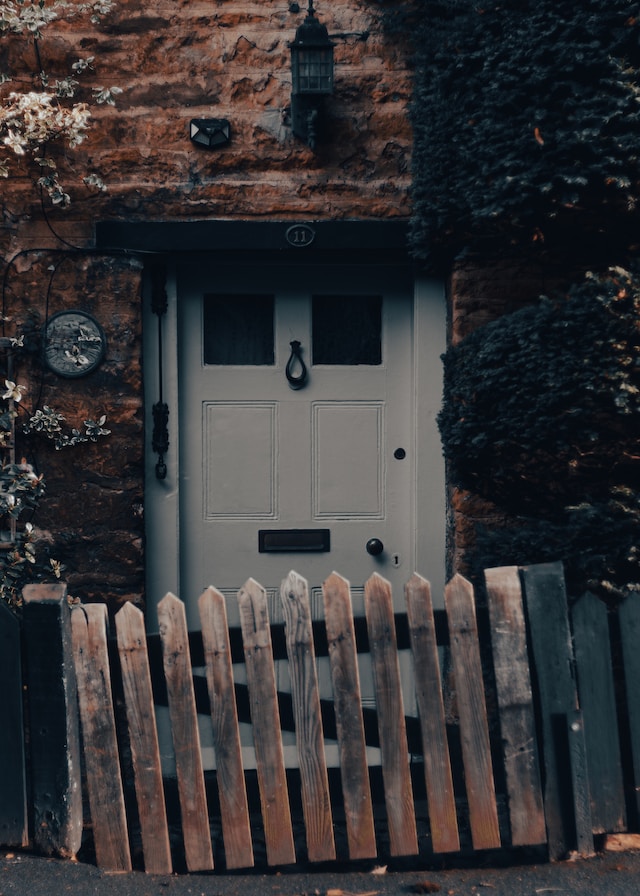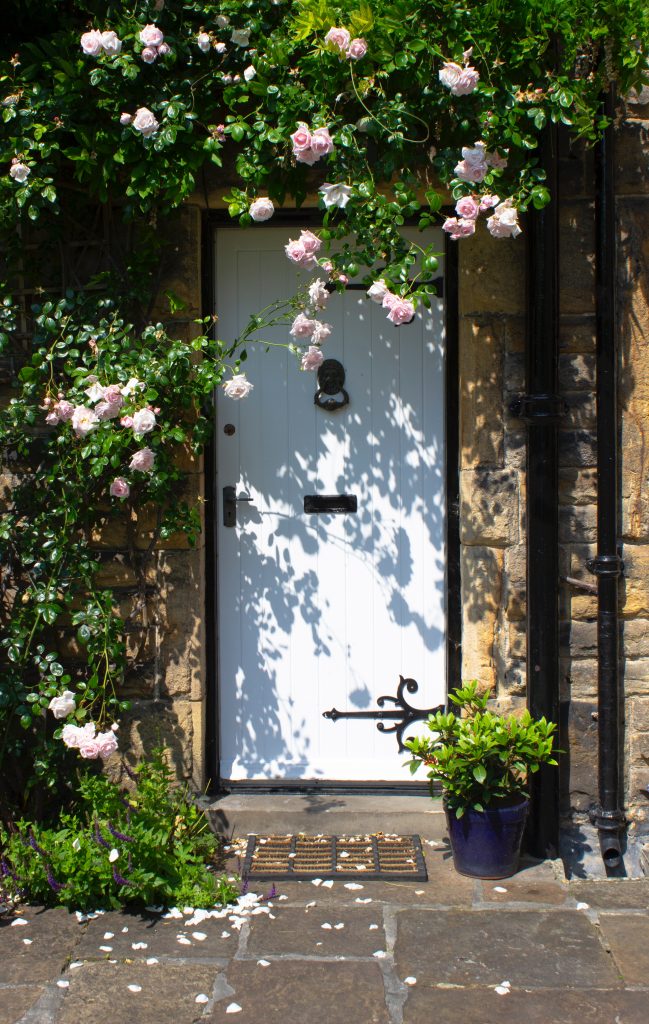2022
What is a louvre door? Although the louvre door has become increasingly popular in recent years, for those who don’t have this feature in their home this is a frequently asked question.
To better learn about louvres and louvre doors we must first define the word ‘louvre’. So, what is a louvre? A louvre/louver (pronounced loo-ver) is ‘a thin, flat piece of wood (or metal, glass) which is used in the manufacture of doors, shutters or grilles’. When referring to louvres in this kind of manufacture they are often called ‘louvre blades’ or ‘slats’.
What is a louvre door?
A Louvre door, also known as a slatted door, has louvre blades fixed into an angled, horizontal position with gaps between each blade fitted within a solid outer frame. Whilst this is the most common method of construction there are other variations of style available with louvre blades fitted vertically and part louvre/ part panel designs.

What do they look like?
Louvre doors look similar to interior shutters in that they have an outer frame that encases various angled, louvre blades. Angled slots are routed on the inner side of the side rails (stiles) where the blades are then slotted into position. Depending on the manufacture, quite often the blades are not glued into position and just slip into place.
Some louvre doors have larger gaps between each of the louvre blades in a ‘chunkier’ design and others have gaps of approx. 5-6mm. If you have never seen a louvre door before try to imagine a design similar to a wooden vent.
Higher quality doors are built with engineered stiles, rather than from solid wood frames, for added stability. Other types of louvre doors available include arched top designs to provide a saloon door style and even ‘closed’/faux louvre doors that provide the look of an open louvre door but have no gaps between the blades.
What material are they made from?
Louvres can be made from various materials but the most common is wood/pine with aluminium/ metal and glass being other options.
Which way up do louvre doors go?
Generally, you know a louvre door is the right way up if all the louvre blades are angled towards you and facing downwards (so the gap is below the blade not the top).

What is the purpose of louvre doors and what are they used for?
Louvre doors are used in many different applications but are most commonly used for cupboard doors, wardrobe doors, airing cupboard and kitchen cabinets. They are also often used as standalone doors that make very attractive room dividers. In more recent years where ‘upcycling’ has become popular louvre doors have been decorated and used as headboards and notice boards.
Why should I choose louvre doors?
Louvre doors are an excellent investment for many reasons. They are durable, lightweight, and good looking. The gaps between the blades provide airflow, which is particularly useful if you are using them on wardrobe or airing cupboard doors. Not only that but louvre doors are a reasonably priced product, so they won’t break the bank.
Where can I buy louvre doors?
Louvre doors are not just available from DIY or hardware stores and can be easily purchased online. Simply Shutters have the largest range of different off the shelf sizes in the UK, all available for next day dispatch. Click here to see the full range of louvre doors.



